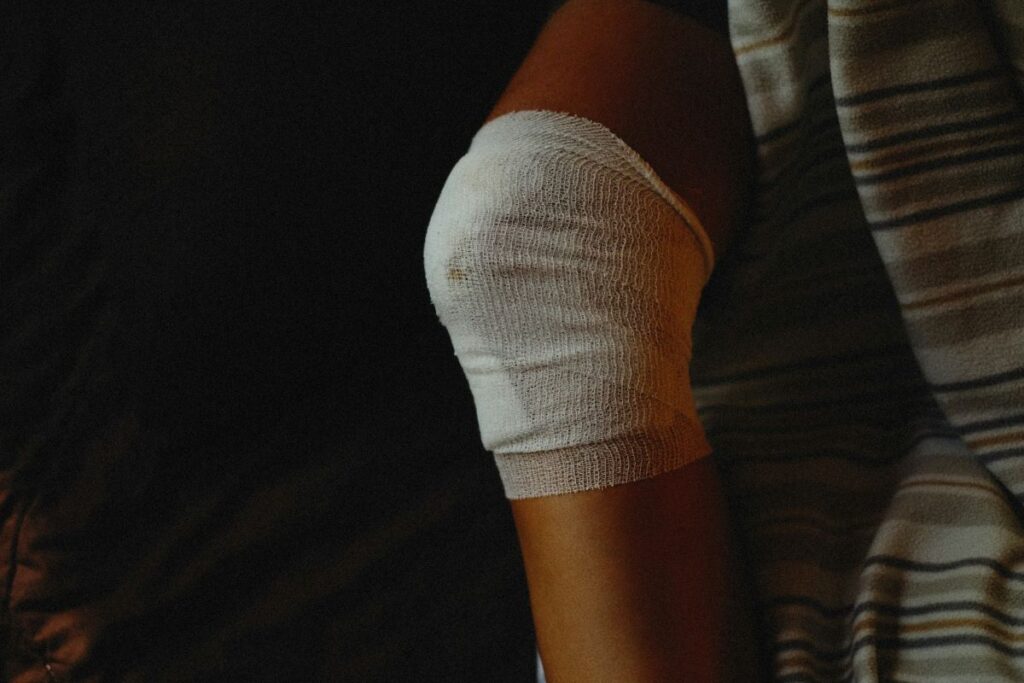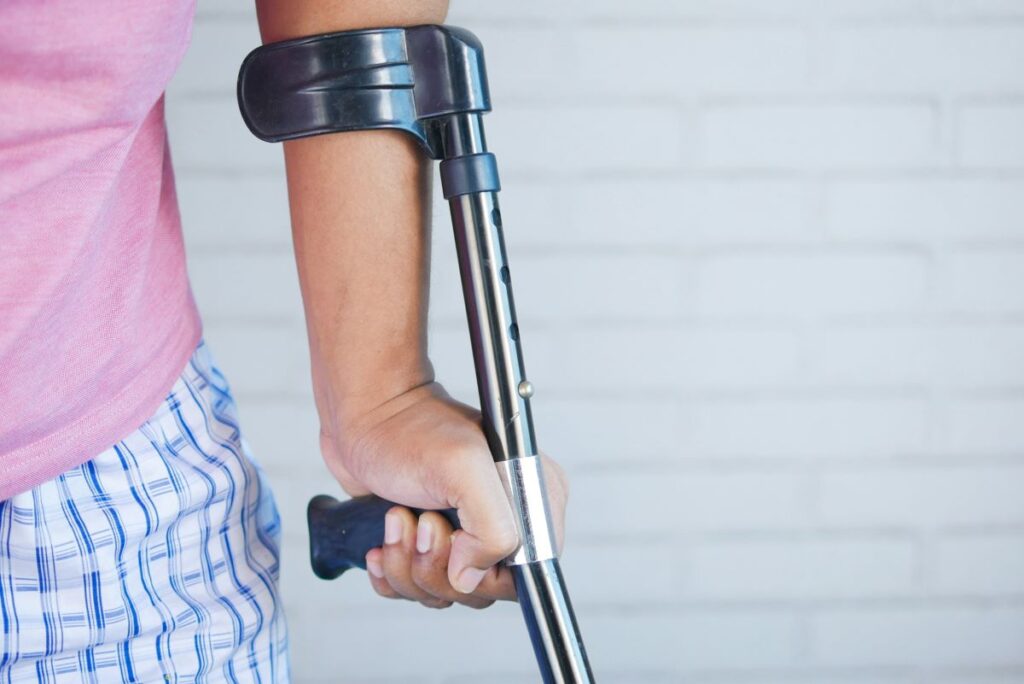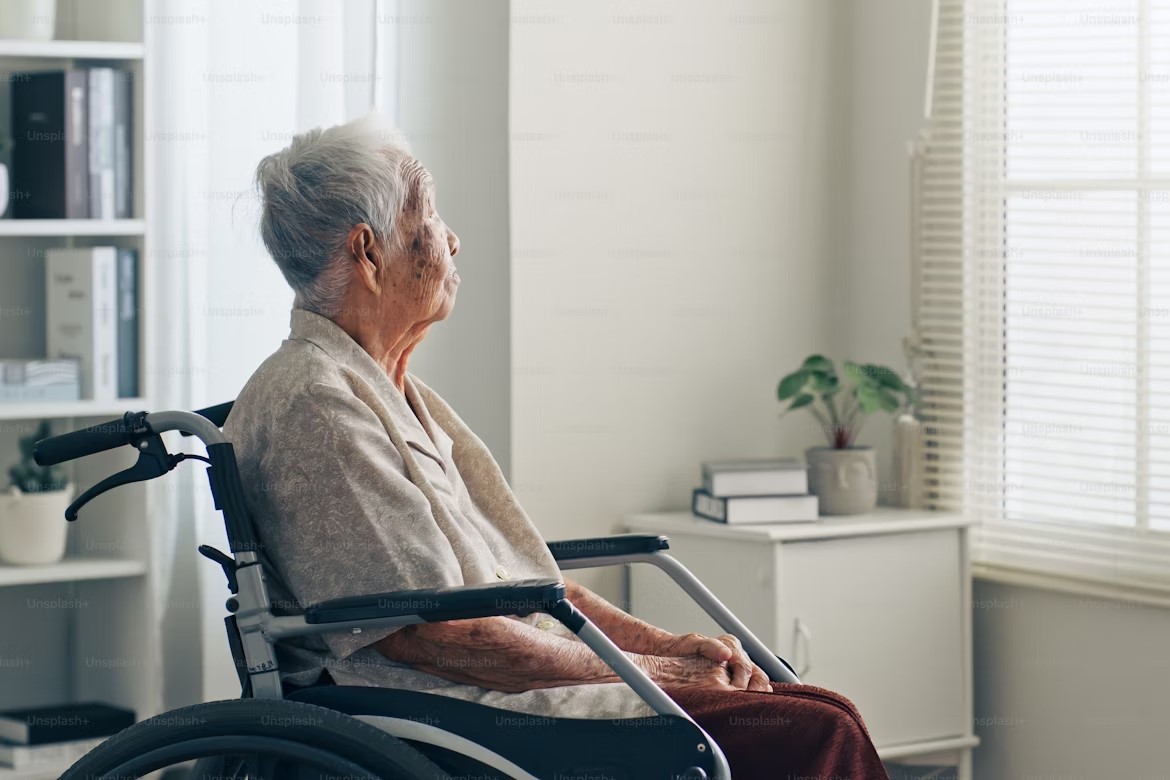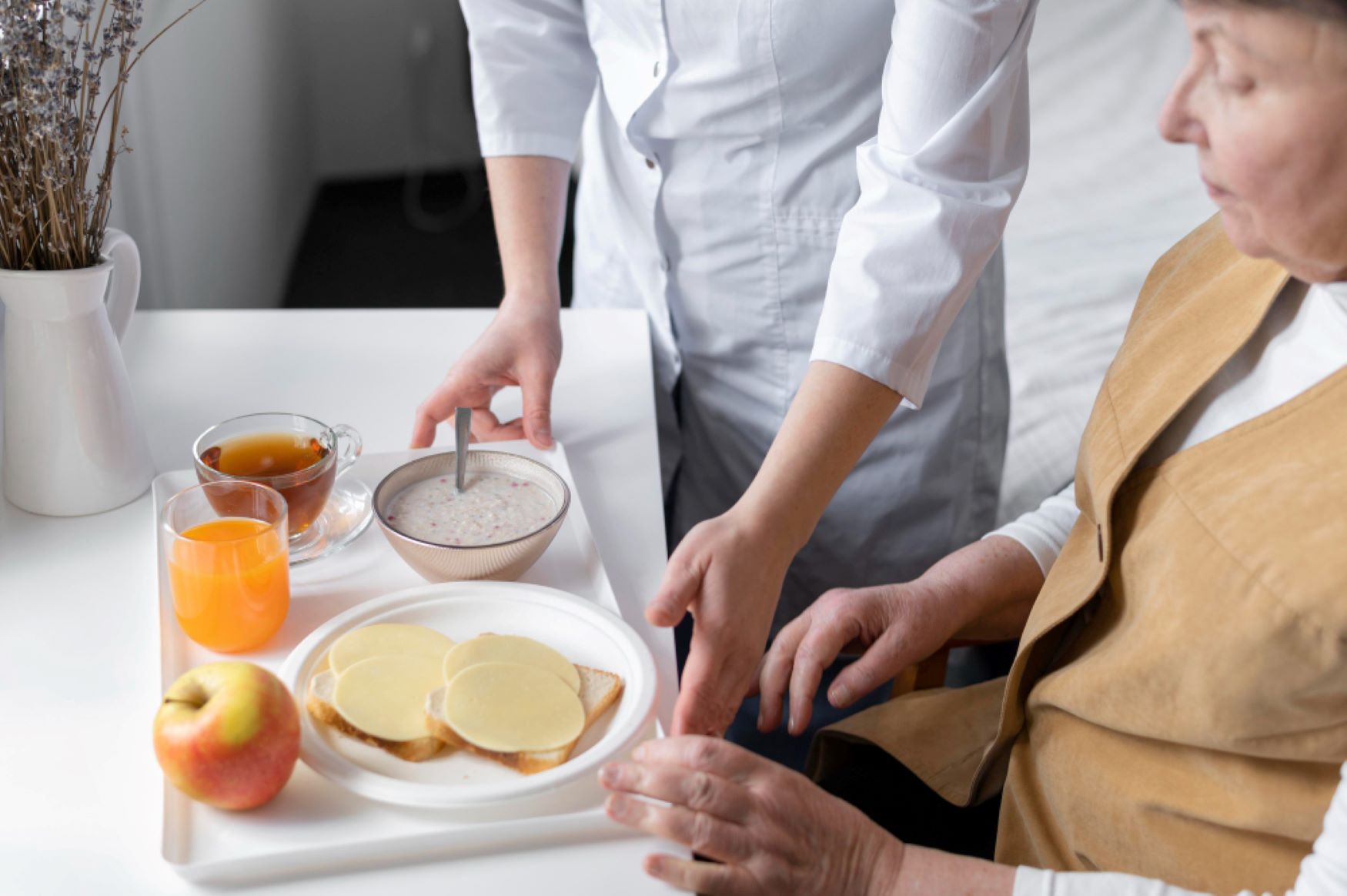TheLitPerspective is your one-stop shop for everything that ignites the spark of curiosity within you.
A Caregiver’s Guide to Preventing and Managing Physical Injuries

A caregiver’s job is not a walk in the park. While assisting others, caregivers experience physical struggles. Therefore, they must familiarize themselves with preventing and managing physical injuries.
Working as a caregiver, whether for a nursing home or a family member, can be rewarding, yet it comes with many dangers, which is why preventing and managing physical injuries is vital knowledge. In her book One Caregiver’s Journey, author Eleanor Gaccetta sheds light on the beauty of caregiving. Her book details the various stages, changes, and challenges of being a full-time caregiver. Eleanor and many other caregivers know caregiving has its fair share of complexities.
Countless sources have shown that thousands of caregivers report being injured while taking care of others annually. That makes caregiving-related injuries a prevalent issue in the health sector. These unfortunate physical concerns can drastically affect a caregiver’s income, expected duties, and patients. While physical strains can be avoided through professional programs, some act as their family members’ caregivers. They are more susceptible to physical injuries since they lack the necessary training and skills of an experienced care provider.
For caregivers who have sustained any form of bodily injury, it is essential to take care of their health and seek any necessary treatment promptly. However, the most effective way to prevent injuries is through proactive measures. These measures can include regular exercise to maintain strength and flexibility, using assistive devices to reduce physical strain, and maintaining a healthy diet to support overall health. By staying in good shape and maintaining good health, caregivers can enhance their caregiving skills and enrich their lives, enabling them to perform their duties more effectively.

How to Avoid Physical Injuries While Caregiving
Several causes contribute to physical injuries in caregivers. Repetitive stress and musculoskeletal injuries are among the usual caregiver work injuries. Prevention techniques are necessary to prevent the risk of physical strains, especially when caregivers lift their patients.
Caregivers must prepare themselves and their patients before taking physical action. Knowing what they can handle, their assistance, and the necessary equipment can make a difference. For instance, the area must be free of tripping hazards when planning to move their patients, and preparing the required equipment, whether a wheelchair or a Hoyer lift, is also essential.
Proper body mechanics are also crucial to preventing injuries. It includes knowing how to move, control, and balance one’s body, especially when assisting someone in moving from one space to another. Using one’s leg strength and creating base support by standing with one’s feet 8 to 12 inches apart with one foot will do that trick. In addition, wearing closed-toe shoes with excellent absorbing soles decreases the likelihood of accidents like slips and falls.
Caregiving is a physically demanding job. It’s crucial to remember that one cannot give what one does not have. That is why caregivers must also prioritize their well-being. In addition to back-strengthening exercises, maintaining a healthy weight, and good posture, they must also take time for self-care. It is not a luxury but a necessity to protect their joints, back, and cartilage and ensure they can continue to provide the best care possible.
Managing Physical Injuries of Caregivers
Caregivers must not hesitate to ask for help when necessary, especially when they feel pain. Regardless if it’s something serious like an accident or muscle pain, they must ask for a physician’s help. It is not a sign of weakness but a proactive step towards ensuring their health and well-being. That way, proper diagnosis and treatment will be given, and caregivers can continue providing the best care possible.
Caregiving professionals who suffer from musculoskeletal pain, such as bone pain, muscle pain, or tendon and ligament pain, should rest their bodies as soon as possible. Pain is the body’s way of saying that an area has been injured. Ice, compression, and elevation help reduce swelling and keep the pain at bay. Pain relievers, therapeutic massage, and occupational and physical therapy might be needed for more severe injuries. However, it’s important to note that maintaining strong bones through regular exercise, particularly weight-bearing and resistance exercises, is crucial in managing injuries and preventing chronic musculoskeletal pain. Regular stretching exercises will help a lot. And if a child was the one who got injured, having a better understanding why kids need exercise and fun would help immensely.
Overall, caregivers must prioritize getting adequate rest and managing stress. However, they should not have to do this alone. Health organizations, employers, and family members also play an essential role in preventing caregiver injuries and ensuring the well-being of caregivers. Caregivers need a solid support system, valuable guidance, and empowerment to care for others and themselves. Knowing that they are not alone in this can make a significant difference in a caregiver’s well-being.
Eleanor Gaccetta’s “One Caregiver’s Journey” is a blueprint for caregiving that inspires readers to realize that the challenges of the job are insurmountable, making it a special job. The book is now available on www.onecaregiversjourney.com, Amazon, Barnes & Noble, and ReadersMagnet Bookstore.

Ian is a passionate writer, reader, and poet who has so much love for the world of literature and videogames. He is the type of content writer that can “make something out of nothing” from any subject that is given to him, whether it be science-related or philosophical musings.







